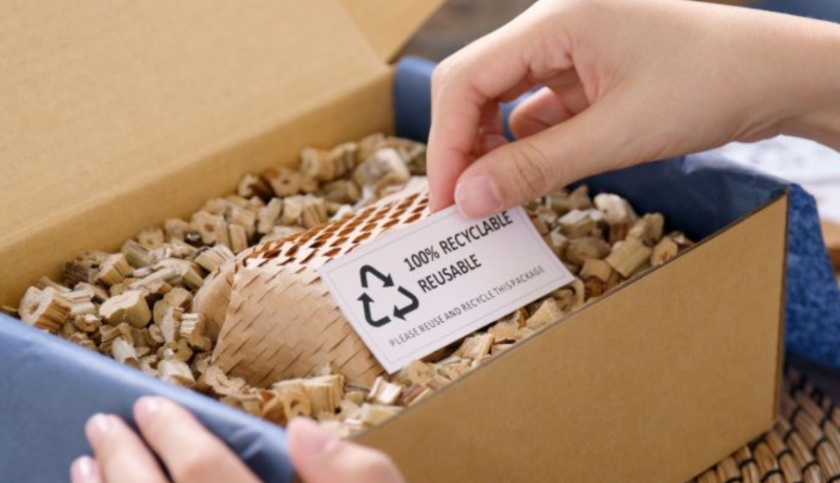“Eco” has become almost a dirty word, some translating it to “hippie-speak,” “overly expensive” or even “outdated trend.” Companies in all industries try to enhance their images by offering purported eco-friendly products and environmental initiatives. Sometimes these initiatives are the work of clever public relations experts attempting to present a believable but false Earth-saving side of big corporations, a.k.a. “greenwashing” their images. So what happens when your client asks you about ecological apparel? How do you know what shirts, caps and totes are actually eco-friendly and which ones are just greenwashed for appearance’s sake? More importantly, how can you transfer these greenwashing marketing campaigns into something you can use in your sales?
We wanted to examine the words “eco” and “green” and the products associated with them. Is “eco” outdated? Are “green” products still selling and if so, who is buying them? Rhenee Mejia, marketing coordinator for Otto International Inc., Ontario, Calif., has the answers below.
Promo Marketing: When did your company begin making ecological products?
Rhenee Mejia: Our line of eco-friendly headwear was first offered in 2009.
PM: What makes a garment “green” or “eco-friendly”?
RM: The caps we offer are “green” because they offer less of a negative impact on the environment. We have line of recycled P.E.T. material, which is made from recycled plastic bottles, a line of bamboo material, and a line of organic cotton material, which uses little or no chemicals in the farming process and is often safer/less irritating for consumers’ skin.
PM: Have you seen a decrease in popularity of green products in recent years?
RM: I wouldn’t say the popularity or interest has decreased, but in the promotional industry unfortunately the pricing tiers for the eco-friendly items just can’t compete with the lower pricing other products can offer.
PM: What garments in particular have benefited from green practices?
RM: The headwear industry has benefited especially after the rise in price of cotton, utilizing other resources has helped lessen the demand for the standard materials and opened up a whole new market opportunity and awareness movement.
PM: How does your company approach creating and selling eco-friendly apparel? How does it differ from marketing non-green products?
RM: With the green products it is important to highlight the different ways they are helping the environment from the beginning to end of the development process as well as the high quality of the materials. Ordinarily our marketing is driven by “lowest price” advertising, but the slightly higher pricing for green items is important to rationalize.
PM: Do you feel there is an added value to these products because they are ecologically sound?
RM: There is a peace of mind that comes with the knowledge that you have done something good for the environment and lessened your impact. Also, it seems that people like to highlight the fact that they are supporting such a movement. Our caps all have a hangtag on the back closure that show they are recycled, organic or bamboo.
PM: What imprint, embroidery or dye techniques are most environmentally safe?
RM: There are now a variety of options for decorators that are environmentally safe. Once you choose a medium it is important to keep in mind that the production practices will have the most impact and that disposing of waste properly is going to make a difference.
PM: Have you taken green initiatives outside of the products you sell? (For example, unplugging media in the office, increasing ecological practices in factories, etc.)
RM: We have taken steps to reduce our environmental impact in all of our offices, with recycling programs for paper products and catalogs. Our appliances and office lights are all equipped with energy saving modes and we have streamlined our workflow process in all areas to eliminate any extra waste or additional production steps that aren’t necessary.


